Patriot has once again made it exciting and even issued an extra NDA for this SUPERSONIC RAGE PRIME 1TB USB 3.2 stick. I must also preface this by saying that I had to do this test without a communicated MSRP, which might put some things into perspective later on. But I was really fascinated by this stick in many parts of this test, because it offers more than just SATA performance for the pocket in the size of a rather small USB stick. Even with really large files and even after several full-fill actions, where I had completely filled the stick and then deleted it again.
But why does Patriot make it so mysterious this time? Unfortunately, nothing could be pulled out of the noses of the gentlemen, not even the data on the controller, which celebrated its mysterious appearance in the fully glued stick and is supposed to be “something from Phison” in the end. Be that as it may, it worked as advertised, otherwise today’s test would have had a different, rather catty introduction. Anyone who makes such big cheeks must also be able to deliver. That’s where there’s a lot of light, but also some shadow. But more on that later.
Actually, I wanted to compare the stick with an external NVMe-SSD (ADATA SE770G 1TB), but in the course of the tests I came to the conclusion that the purpose and characteristics of the two drives are not comparable. The new stick is almost perfect as a powerful data carrier for on the go, which can swallow larger data volumes in no time and also spit them out again quickly. The device can also handle long 4K streams without batting an eyelid and without stuttering. And you then not only reach the stated “up to 600 MB/s”, but can often exceed it very clearly, even with the stick already fully used and various write operations.
But – here comes the certain but – it’s not a real drive in the conventional sense, so no tricks and optimization of the firmware of the “Phison something” helps with the IOPS. While the two tested drives, the stick and the external SSD, were still very close to each other in the synthetic tests and even AJA as a streaming benchmark, the workstation test later separates them into two completely different categories. But I’ll get to that in detail and with lots of benchmarks later, because first we want to look at both the technical details and the usual benchmarks. At least here Patriot can score really well with the new stick.
Connectivity, power consumption and temperatures
In order to achieve the promised data rates, USB 3.2 is used as the interface, which is logical. This in turn only really works in all its glory if you use the USB-A port on the back of the motherboard, which is directly connected to the CPU. At least for most motherboards. Significantly lower values are measurable at normal USB 3.x or a split port. However, the low power consumption is astonishing. In idle it is just 50 to 100 mW, during reading and writing it is on average less than 500 mW. So with peaks below 1 watt, there won’t be any surprises thermally.
Apart from the fact that Patriot also writes about built-in temperature sensors in its documentation, the resulting typical power loss of far below one watt is never a reason for concern, especially since the stick only got hand-warm after one hour even in the workstation test. Plus point with distinction. The tested NVMe SSD from ADATA in the external case is a different caliber with almost 6 watts and in the stress test it is the perfect pants warmer for Siberian winter evenings.
The spec sheet also reads pretty tasty at first.
PEF1TBRPMW32U Sku Sheet_062121














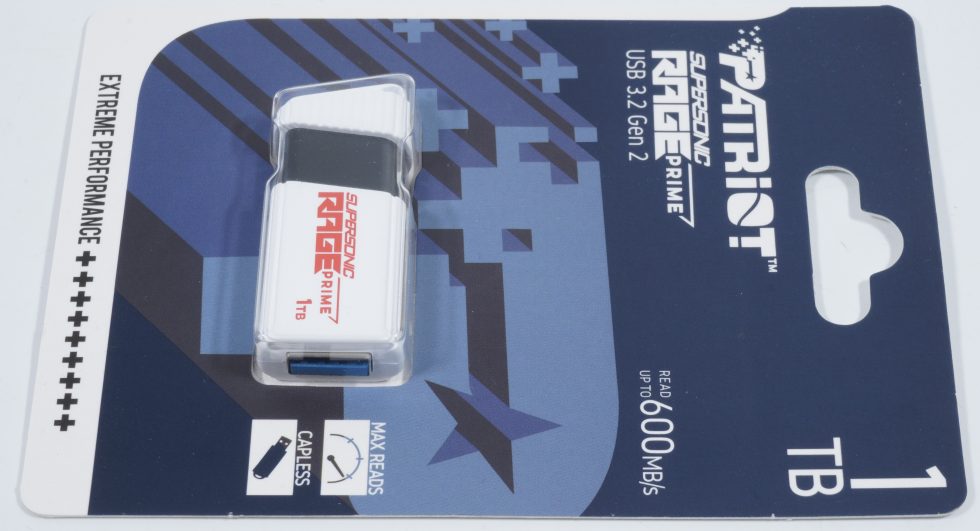
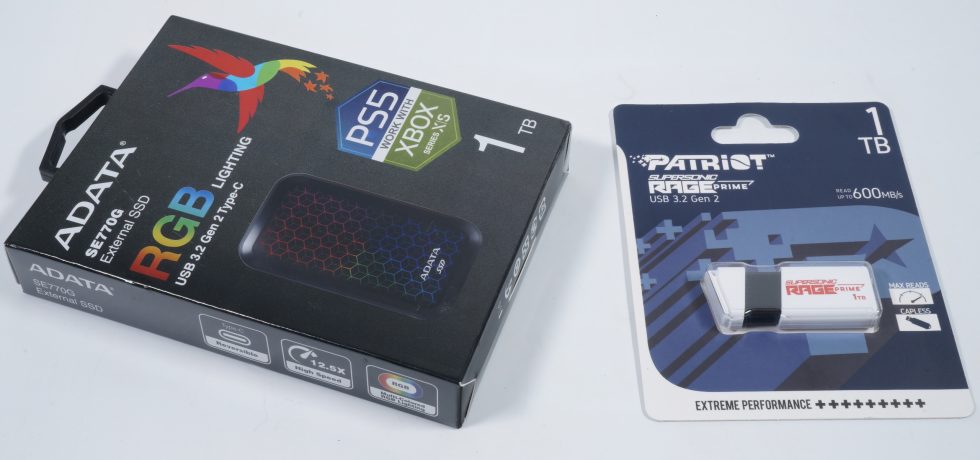
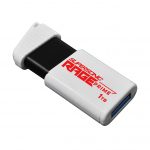
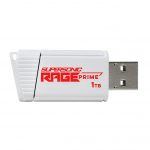
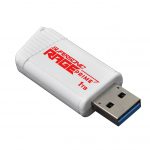
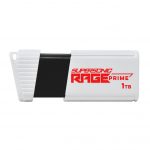
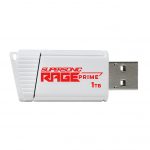
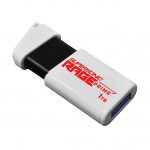
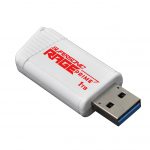
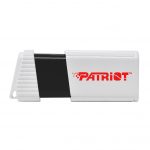
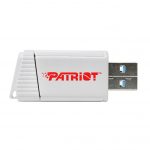
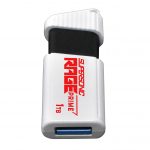
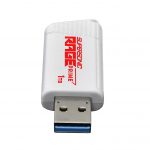
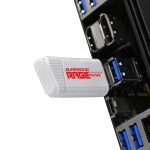




















12 Antworten
Kommentar
Lade neue Kommentare
Veteran
1
Veteran
Mitglied
Veteran
Urgestein
Moderator
Mitglied
Neuling
Urgestein
1
Urgestein
Alle Kommentare lesen unter igor´sLAB Community →